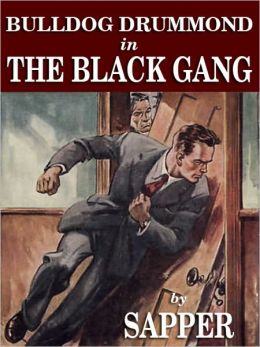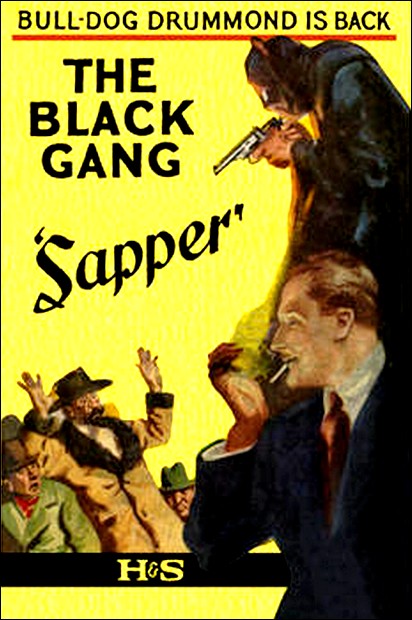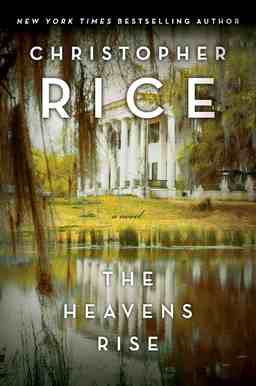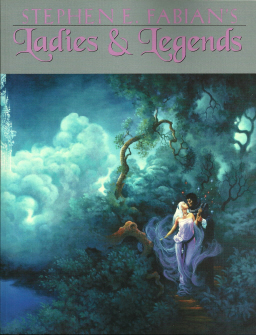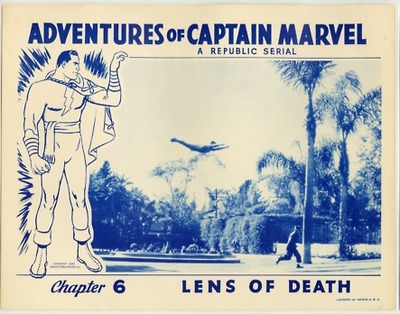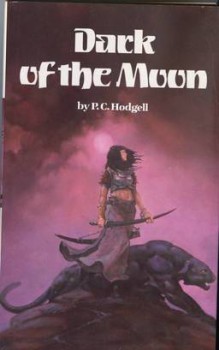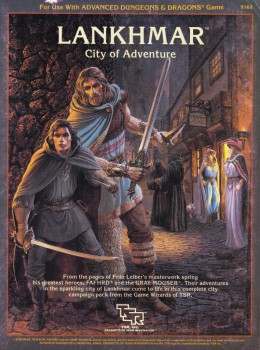The Editor As Author: Donald A. Wollheim’s The Secret of the Ninth Planet
 As a publisher and editor, Donald A. Wollheim (1914-1990) is arguably the most important single figure in the 20th-century SF and Fantasy community. SF in paperback? SF anthologies? He started them – including The Pocket Book of Science Fiction, the first book with the words “science fiction” in the title.
As a publisher and editor, Donald A. Wollheim (1914-1990) is arguably the most important single figure in the 20th-century SF and Fantasy community. SF in paperback? SF anthologies? He started them – including The Pocket Book of Science Fiction, the first book with the words “science fiction” in the title.
Aside: for those who don’t already know, what we now call a “paperback,” used to be called a “pocket book.”
As the editor at Avon (1947-1951), he was responsible for introducing the likes of Lovecraft and Lewis to the mass market. At Ace Books (1952-1971), he created the now legendary Ace Doubles, reintroduced then out-of-print writers such as Edgar Rice Burroughs, and bought the paperback rights to Dune.
He was also responsible for bringing Lord of the Rings to paperback, and thus launching, however controversially, the modern Fantasy publishing world. It’s not my intention to discuss the controversy right now, but you can get a good look at both sides of it here and here.
Considering all this, it’s not surprising that Wollheim isn’t well known as an author – and a fairly prolific one if you remember that he also wrote under seven pseudonyms. So today I’d like to introduce you to The Secret of the Ninth Planet.
